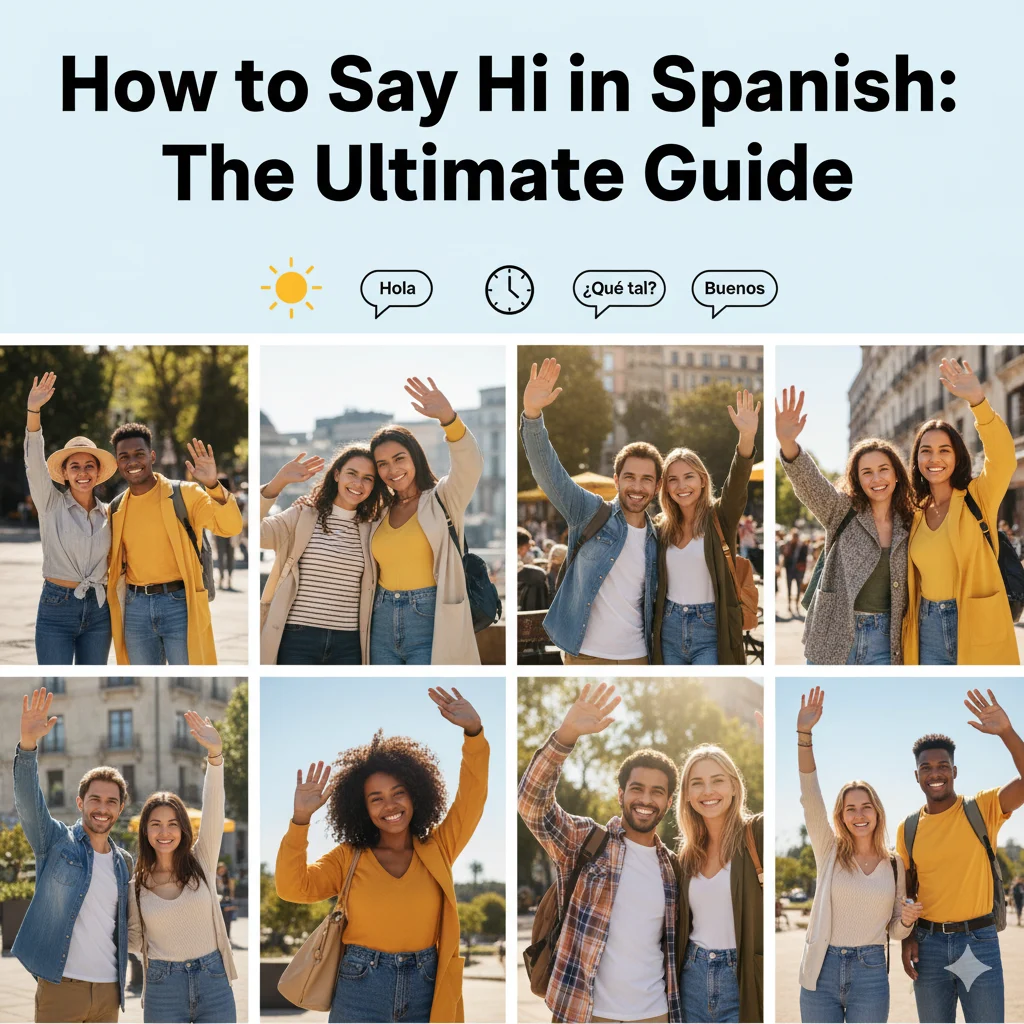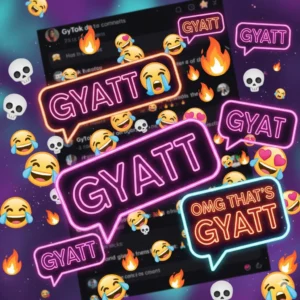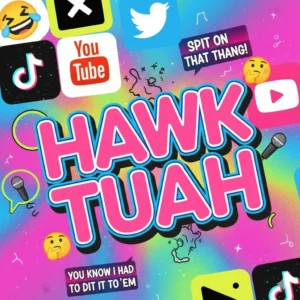Learning how to say “hi” in Spanish is the first and most rewarding step into a world of over 500 million new conversations. It’s more than just a word—it’s your key to connecting with people, showing respect, and immersing yourself in the culture. Whether you’re preparing for a trip, speaking with a colleague, or just expanding your language skills, starting with the right greeting sets the tone for everything that follows. This comprehensive guide will walk you through every essential way to say hello, from the universal “hola” to time-specific greetings and casual slang used by native speakers. Let’s dive in and get you speaking from the very first “¡Hola!”
Written by a certified language educator with over a decade of experience teaching Spanish to beginners.
Step 1: Master the Universal Greeting: “Hola”
The absolute foundation for saying “hi” in Spanish is “Hola.” It’s neutral, friendly, and can be used in almost any situation, at any time of day, whether you’re walking into a shop, answering the phone, or meeting someone for the first time. Pronunciation is straightforward: think “oh-la,” with a soft, breathy ‘h’. To sound more natural, you can pair it with a common expression like “Hola, ¿cómo estás?” (Hello, how are you?). This one word is your most powerful tool, so practice saying it with a smile—it’s the easiest way to make a positive first impression.
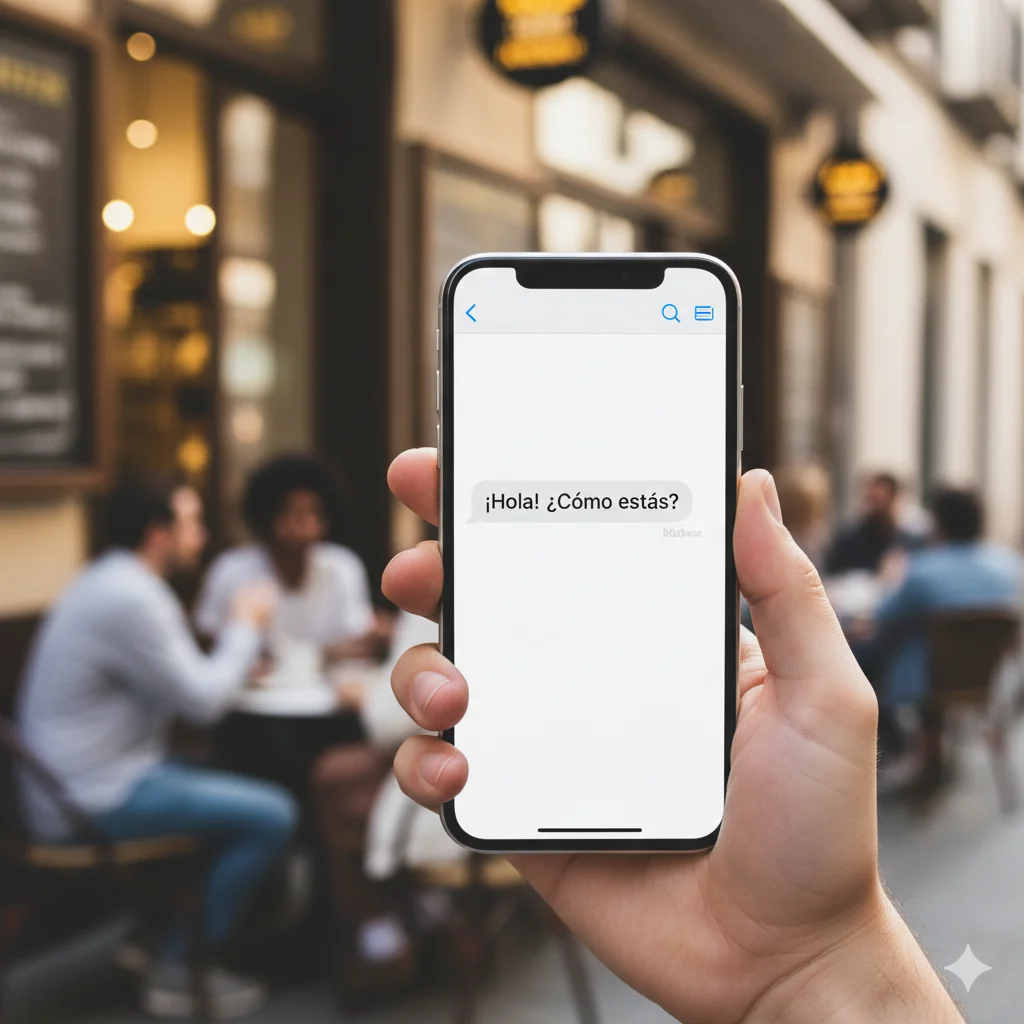
Step 2: Choose the Right Time-Specific Greeting
While “Hola” always works, using a time-specific greeting shows a deeper level of cultural awareness. These are slightly more formal but are extremely common in daily life.
- Buenos días (Good morning): Use this from dawn until noon. It’s the perfect greeting for starting the day at the office, a hotel, or a café.
- Buenas tardes (Good afternoon): This greeting typically takes over from noon until sunset or early evening (around 6-7 PM). It’s great for afternoon meetings or when you see someone later in the day.
- Buenas noches (Good evening / Good night): Use this after dark. It can function as both a greeting when you arrive somewhere in the evening and as a farewell when you’re leaving for the night.
Pro Tip: You’ll often hear native speakers shorten these to just “Buenas” in informal settings. It’s a casual and versatile way to say “hi” at any time of day.
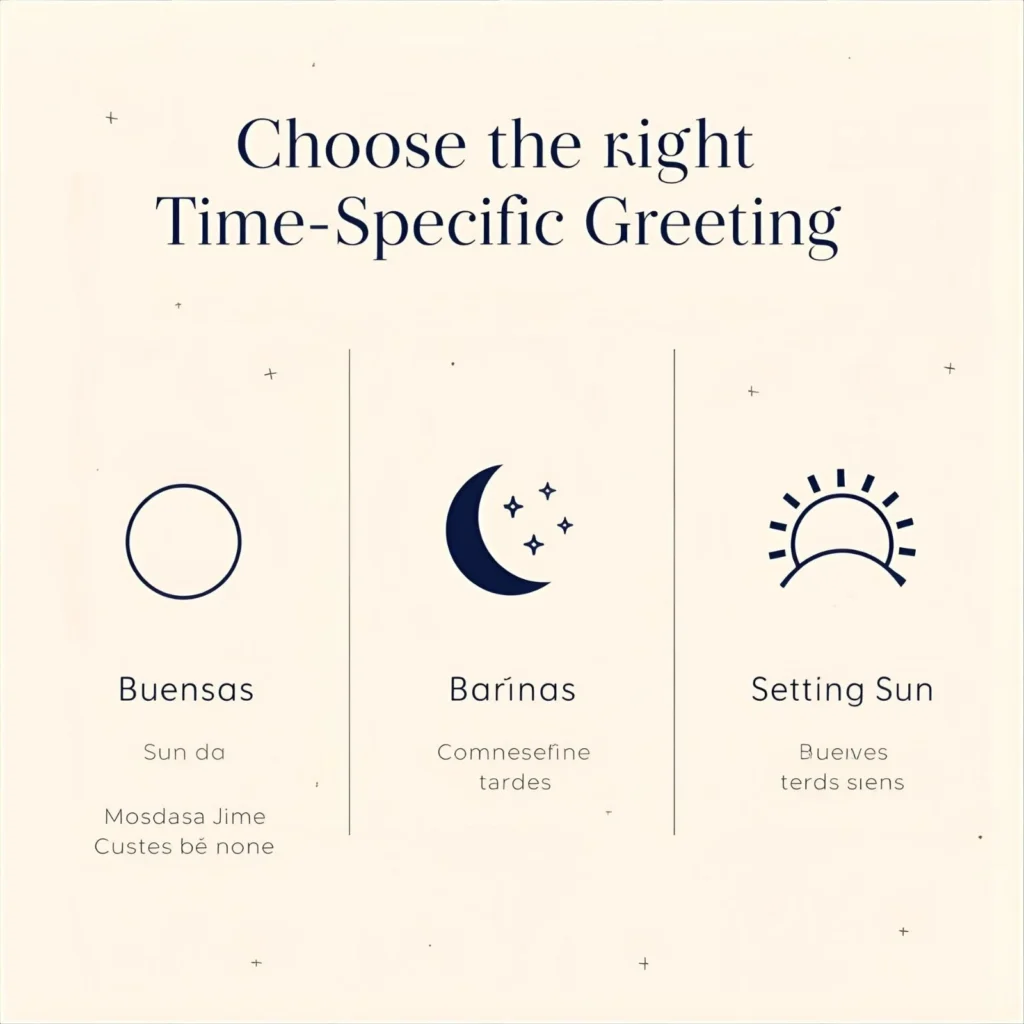
Step 3: Navigate Formal vs. Informal Situations
Understanding the context of your conversation is crucial in Spanish. The language makes a clear distinction between formal and informal address, which is reflected in the greetings.
- For Formal Situations: When addressing someone older, in a position of authority, or whom you’ve just met, use “Buenos días/tardes/noches.” You can also add a formal title. For example: “Buenos días, Señor García” (Good morning, Mr. García). The pronoun “usted” is used for “you” in these contexts.
- For Informal Situations: With friends, family, children, and peers, “Hola” is perfect. You’ll use the informal pronoun “tú” for “you.” A casual, “¿Qué tal?” (What’s up?) is also extremely common among friends.
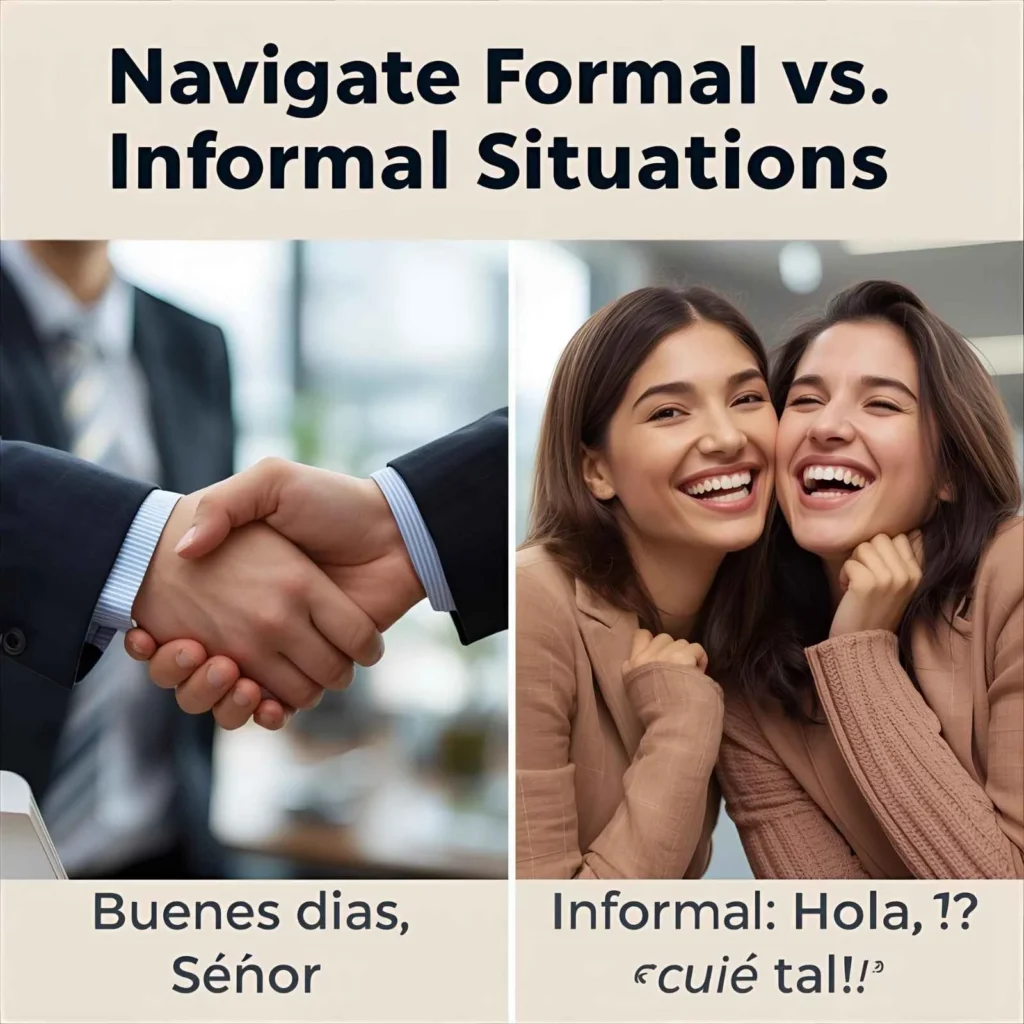
Step 4: Use Common Casual Greetings and Slang
Once you’re comfortable with the basics, you can start sounding more like a local by incorporating casual greetings. These are essential for friendly, everyday interactions.
- ¿Qué tal?: This is the Spanish equivalent of “How’s it going?” or “What’s up?”. It’s short, informal, and very common.
- ¿Cómo estás?: Meaning “How are you?”, this is a direct and friendly question. In very casual settings, it’s often shortened to just “¿Cómo?”.
- ¿Qué hay? / ¿Qué pasa?: These translate to “What’s there?” and “What’s happening?” respectively, and are similar to the English “What’s new?” or “What’s going on?”.
Using these phrases shows you’re making an effort to move beyond the textbook and into real conversation.
Step 5: Learn Country-Specific Variations
Spanish is rich with regional diversity, and greetings are no exception. While the phrases above will be understood everywhere, you might hear these local variations:
- In Mexico: You might hear “¿Qué onda?” (literally “What wave?”), which is a very cool, casual way to say “What’s up?”.
- In Argentina and Uruguay: The common slang is “¿Che, todo bien?” (“Hey, all good?”). “Che” is a famous filler word used to get someone’s attention.
- In Spain: A very typical casual greeting is “¿Qué hay de nuevo?” (What’s new?) or simply “Buenas” on its own.
Being aware of these differences will enhance your understanding and make your interactions more authentic when you travel.
Step 6: Practice the Non-Verbal Communication
A greeting isn’t just about the words you say. In most Spanish-speaking countries, physical contact is a normal part of saying hello. Be prepared for:
- A handshake in formal initial meetings.
- A kiss on the cheek (usually just one, and it’s more of a cheek-to-cheek touch) between men and women or two women who know each other.
- A hug (abrazo) among close friends and family.
Always pair your verbal greeting with a friendly smile and confident eye contact. The warmth of your delivery is just as important as the words you choose.
Visual Guide: See the Greetings in Context
To help you visualize the right greeting for the right time, refer to this simple flowchart for your first interaction of the day:
[Image: A simple flowchart]
- Start: Seeing someone.
- Decision 1: Is it before noon? Yes → Use “Buenos días.” No → Proceed.
- Decision 2: Is it before evening (e.g., 6 PM)? Yes → Use “Buenas tardes.” No → Use “Buenas noches.”
- Alternative Path: At any point, you can use the universal “Hola.”
Pro Tips for Sounding Like a Native
To truly master your greetings, keep these insider tips in mind.
- Always Acknowledge a Greeting: If someone says “Buenos días” to you, you should almost always respond in kind. Ignoring it can be seen as rude.
- Use “Hola” on the Phone: When answering a phone call, “¿Hola?” is the standard, equivalent to “Hello?”
- Pay Attention to Volume: In Spain, conversations can sound loud and passionate to outsiders, but it’s normal. In other countries, a softer tone is preferred. Take your cue from the people around you.
- Don’t Be Afraid to Make Mistakes: Native speakers will always appreciate your effort, even if you mix up “tarde” and “noche.” The attempt is what builds connection.
- Listen for “Buenas”: This shortcut is your best friend for sounding casual and confident. Try using it at a local panadería (bakery) or mercado (market).
Troubleshooting: When You’re Unsure
It’s normal to feel hesitant. Here’s what to do in common tricky situations.
- Issue: I don’t know if it’s “tarde” or “noche” yet.
- Fix: When in doubt, stick with the safe and universal “Hola” or the versatile “Buenas.” You can’t go wrong.
- Issue: I accidentally used the informal “tú” with my boss.
- Fix: Don’t panic. Simply continue the conversation respectfully. You can self-correct in your next sentence by using “usted.” Most people are understanding with language learners.
- Issue: I greeted someone with “Buenos días” but it’s the afternoon.
- Fix: It’s a minor mistake! They will likely just smile and correct you gently with a “Buenas tardes.” Laugh it off, thank them, and you’ve just learned in a memorable way.
Conclusion
You are now fully equipped to say “hi” in Spanish with confidence and cultural savvy. You’ve learned the universal power of “Hola,” the respectful precision of “Buenos días/tardes/noches,” and the friendly flair of casual phrases like “¿Qué tal?” Remember, the goal is connection, not perfection. Every time you use one of these greetings, you’re opening a door to a new interaction and showing respect for a vibrant global culture. So take this knowledge, practice it, and don’t be shy—your next “¡Hola!” is the start of something great. ¡Buena suerte! (Good luck!)
Frequently Asked Questions (FAQ)
Q1: What is the most common way to say “hi” in Spanish?
The most common and universal way to say “hi” is “Hola.” It’s appropriate in almost every situation, at any time of day, and with anyone, from a close friend to a stranger on the street.
Q2: When do I use “Buenos días” vs. “Buenas tardes”?
Use “Buenos días” from morning until noon. Switch to “Buenas tardes” from noon until sunset or early evening. The exact transition time can vary by region, but a safe rule is midday for the switch.
Q3: Can I just say “Buenas” to say hello?
Yes! Saying just “Buenas” is a very common and perfectly acceptable informal greeting. It’s a shortened version of “Buenos días/tardes/noches” and is used frequently in casual, everyday encounters.
Q4: How do I say “hello, how are you?” in Spanish?
The standard phrase is “Hola, ¿cómo estás?” (informal). If you are in a formal situation or speaking to an elder or superior, you would use the formal version: “Hola, ¿cómo está?” (using the pronoun ‘usted’).
Q5: What does “¿Qué tal?” mean and how is it used?
“¿Qué tal?” directly translates to “How such?” but it’s used to mean “How’s it going?” or “What’s up?”. It’s an extremely common, informal greeting among friends and acquaintances. A typical response is “Bien, ¿y tú?” (Good, and you?).
Q6: Are there different greetings in different Spanish-speaking countries?
Absolutely. While “Hola” is universal, slang varies. In Mexico, you might hear “¿Qué onda?”; in Argentina, “¿Che, todo bien?”; and in Spain, “¿Qué hay?”. Learning these local phrases can enrich your travel experience.
